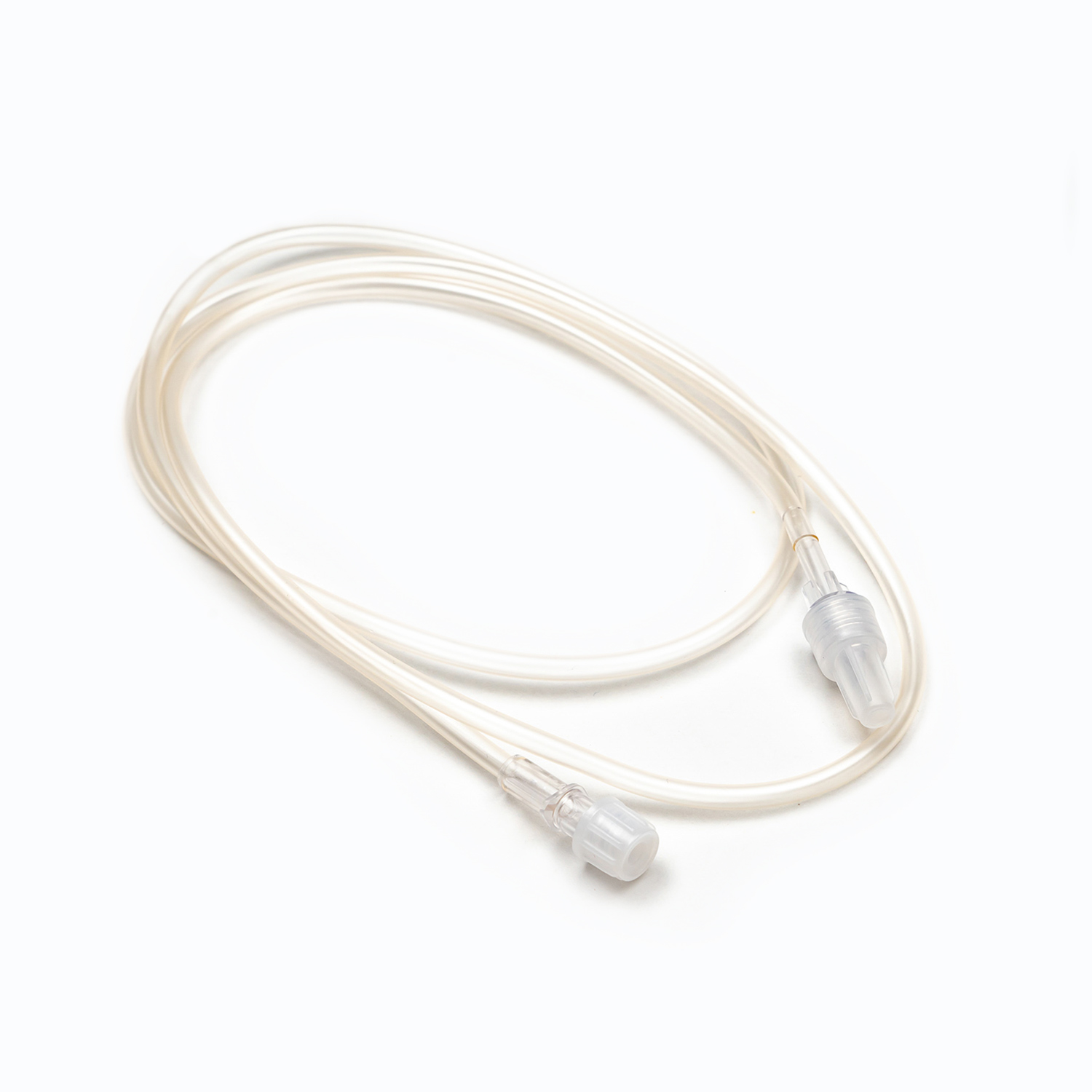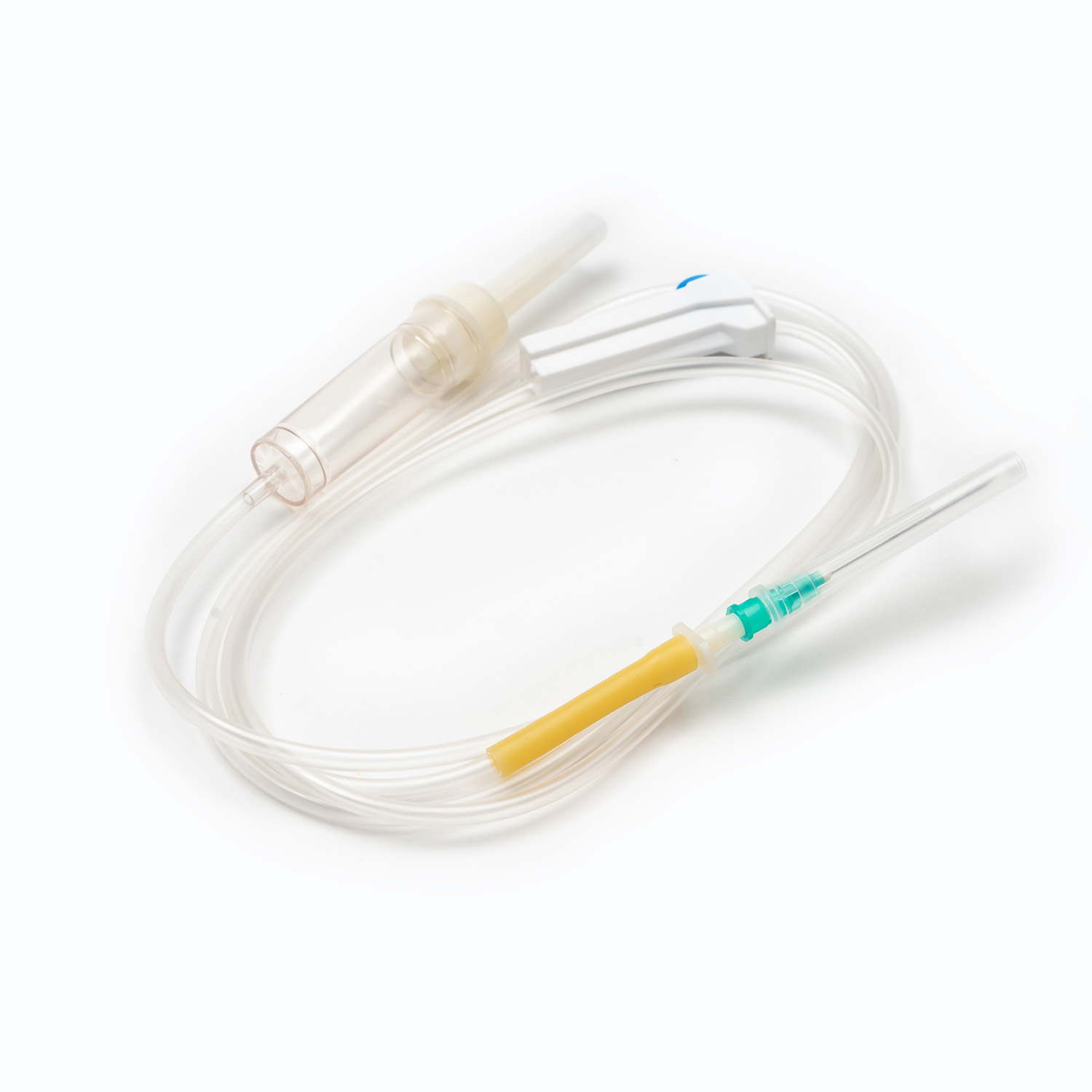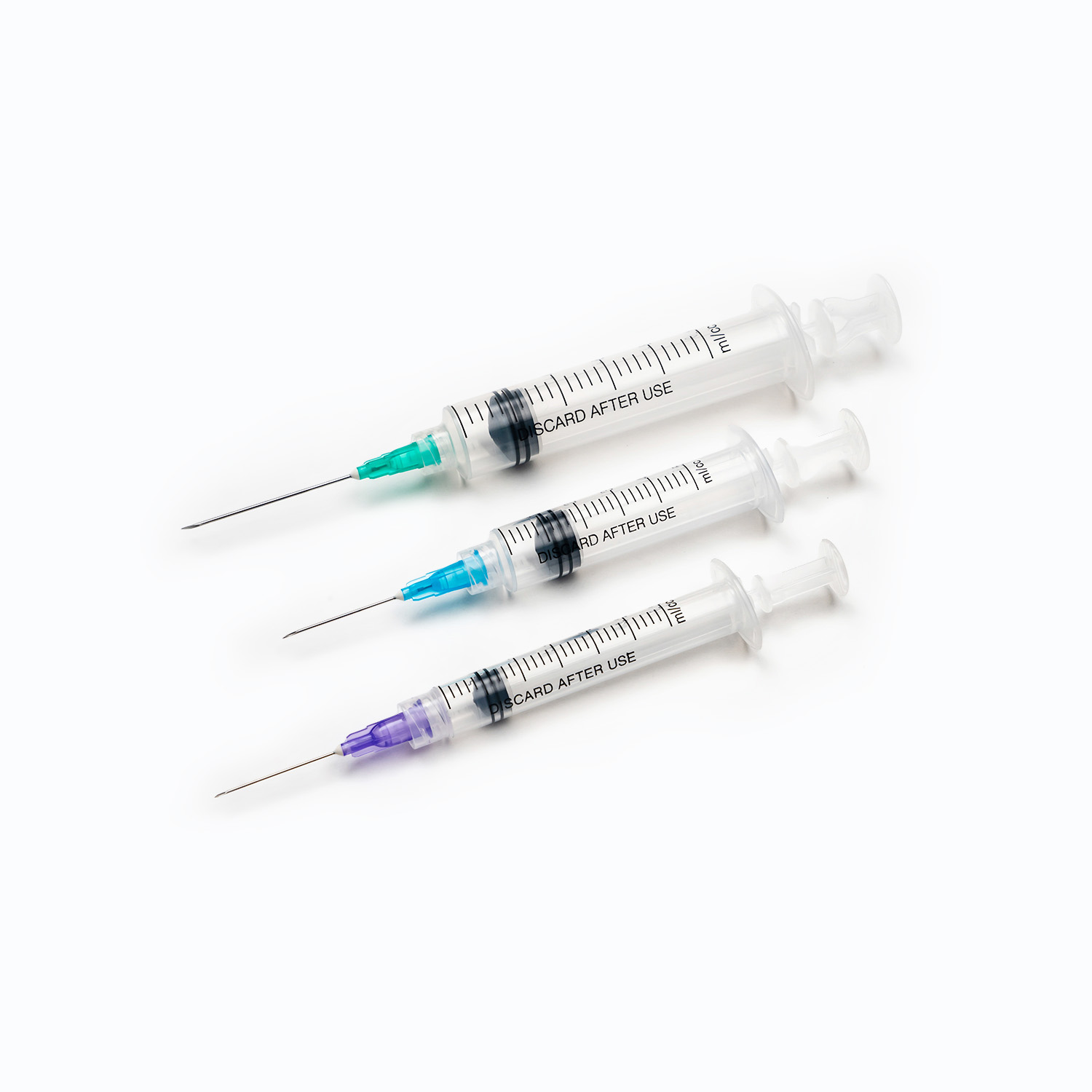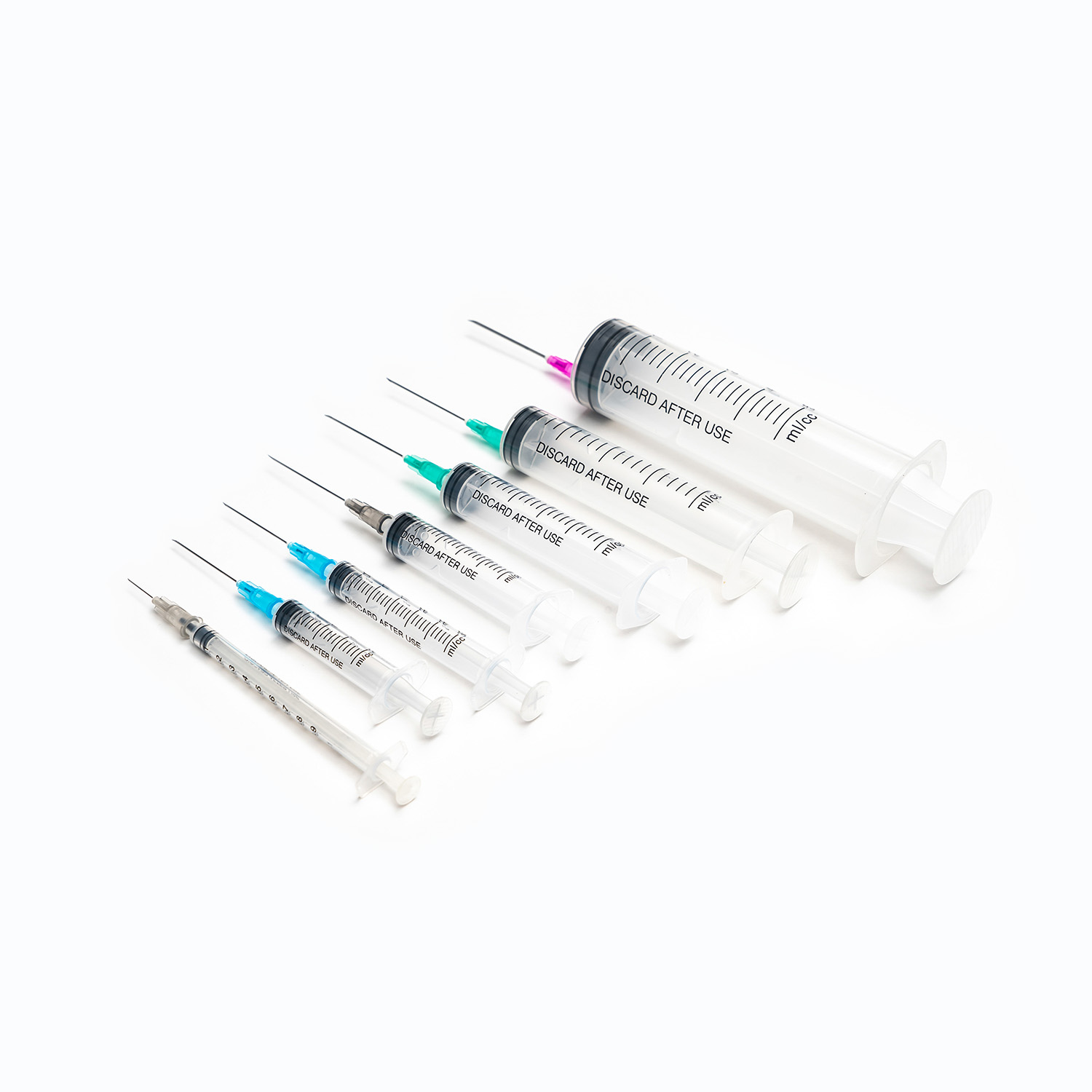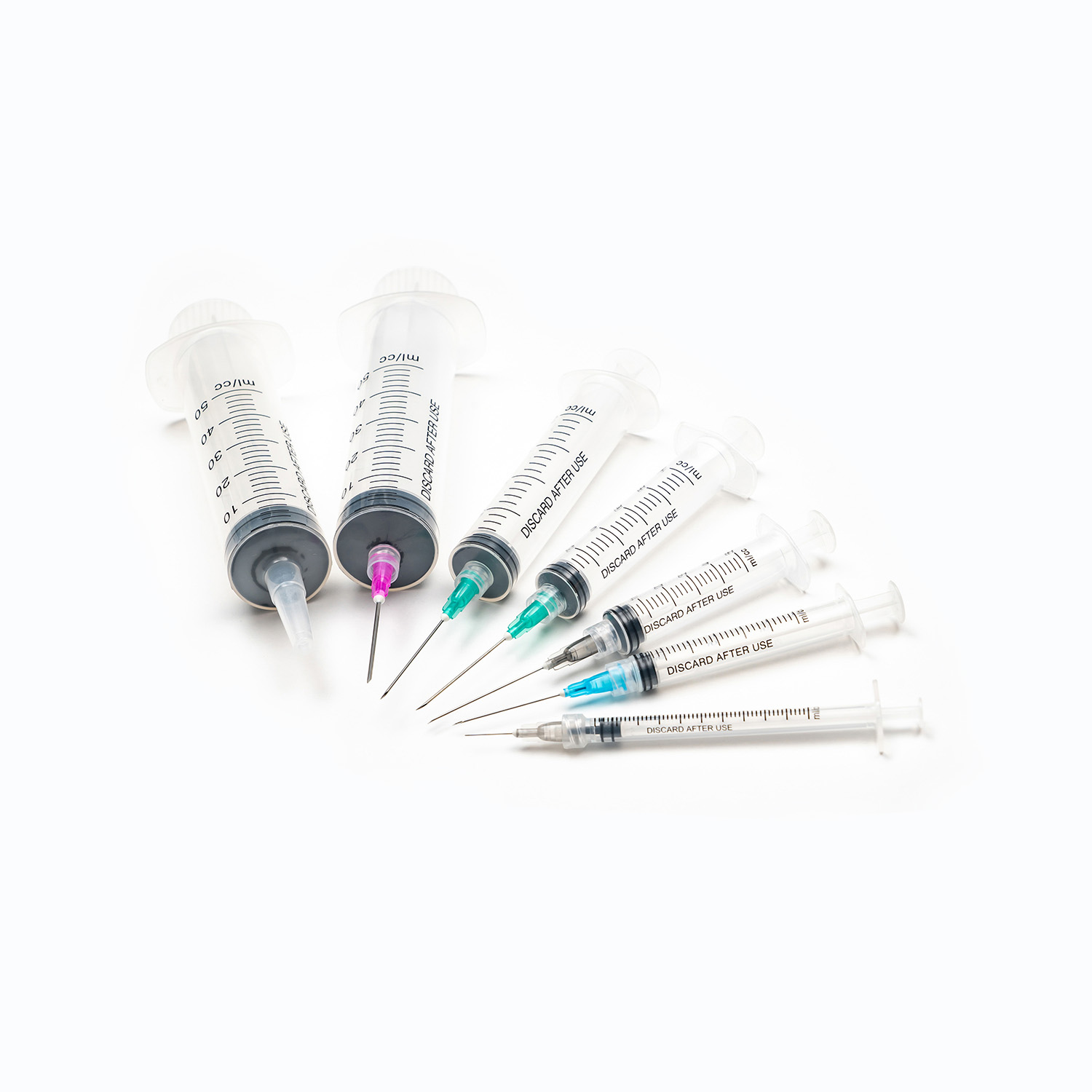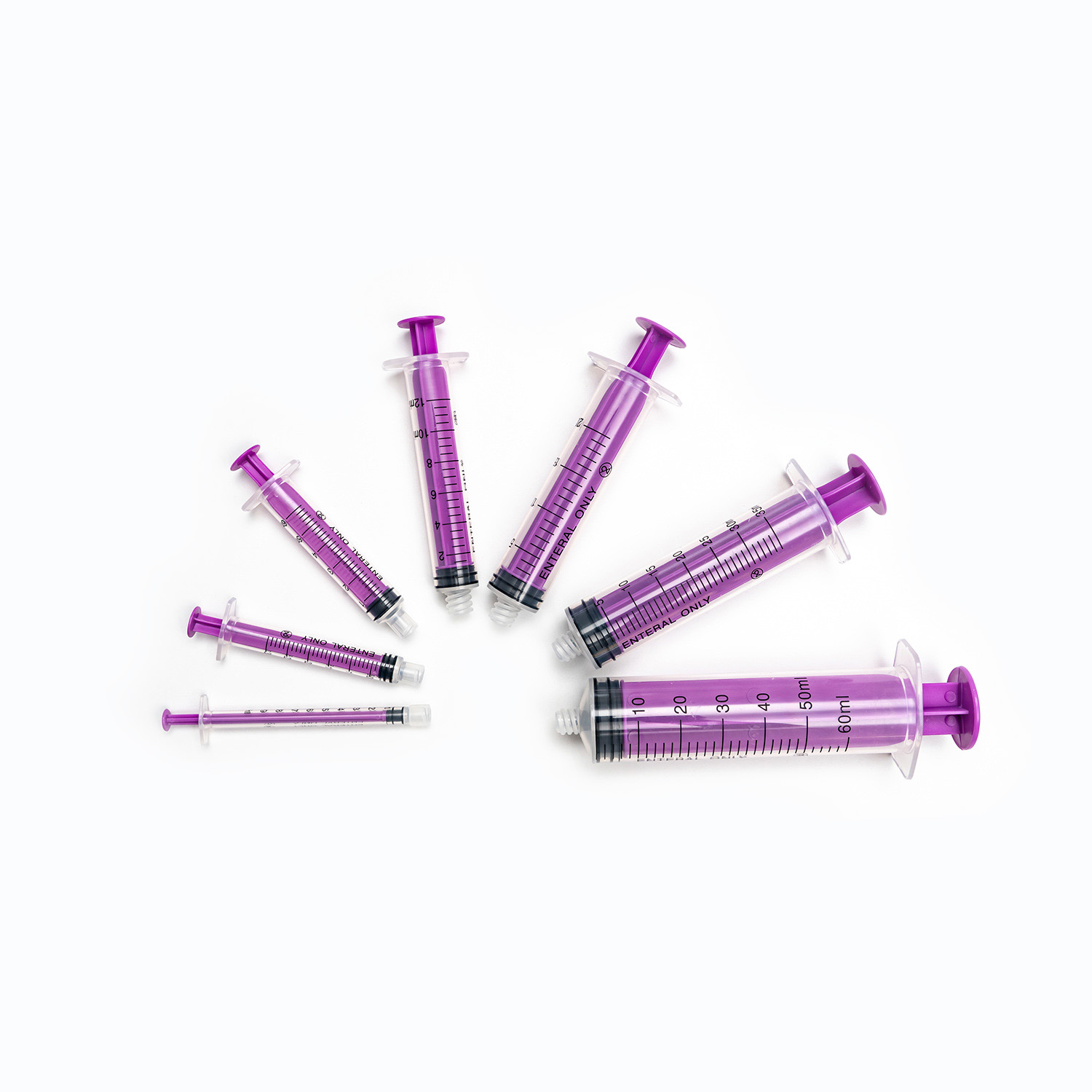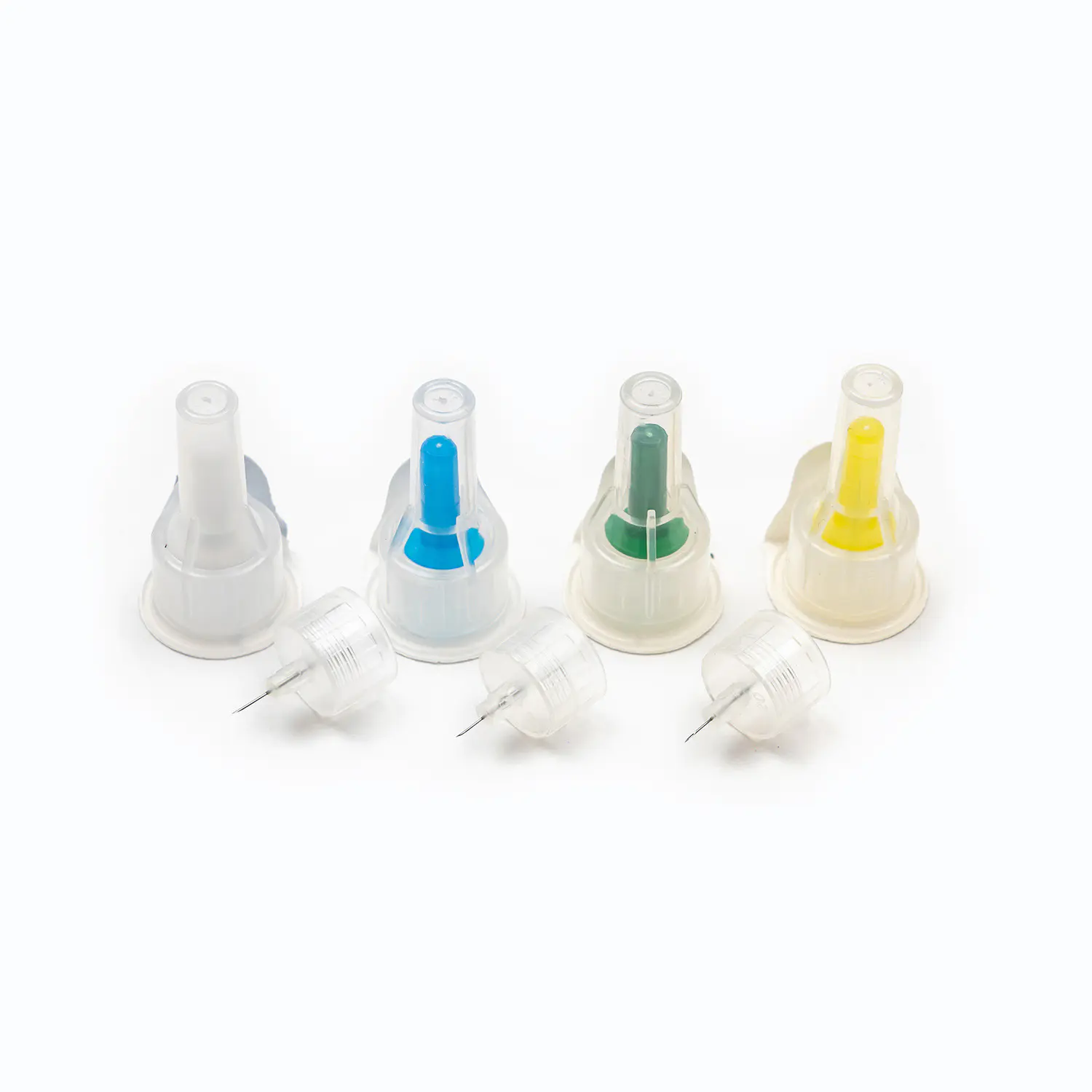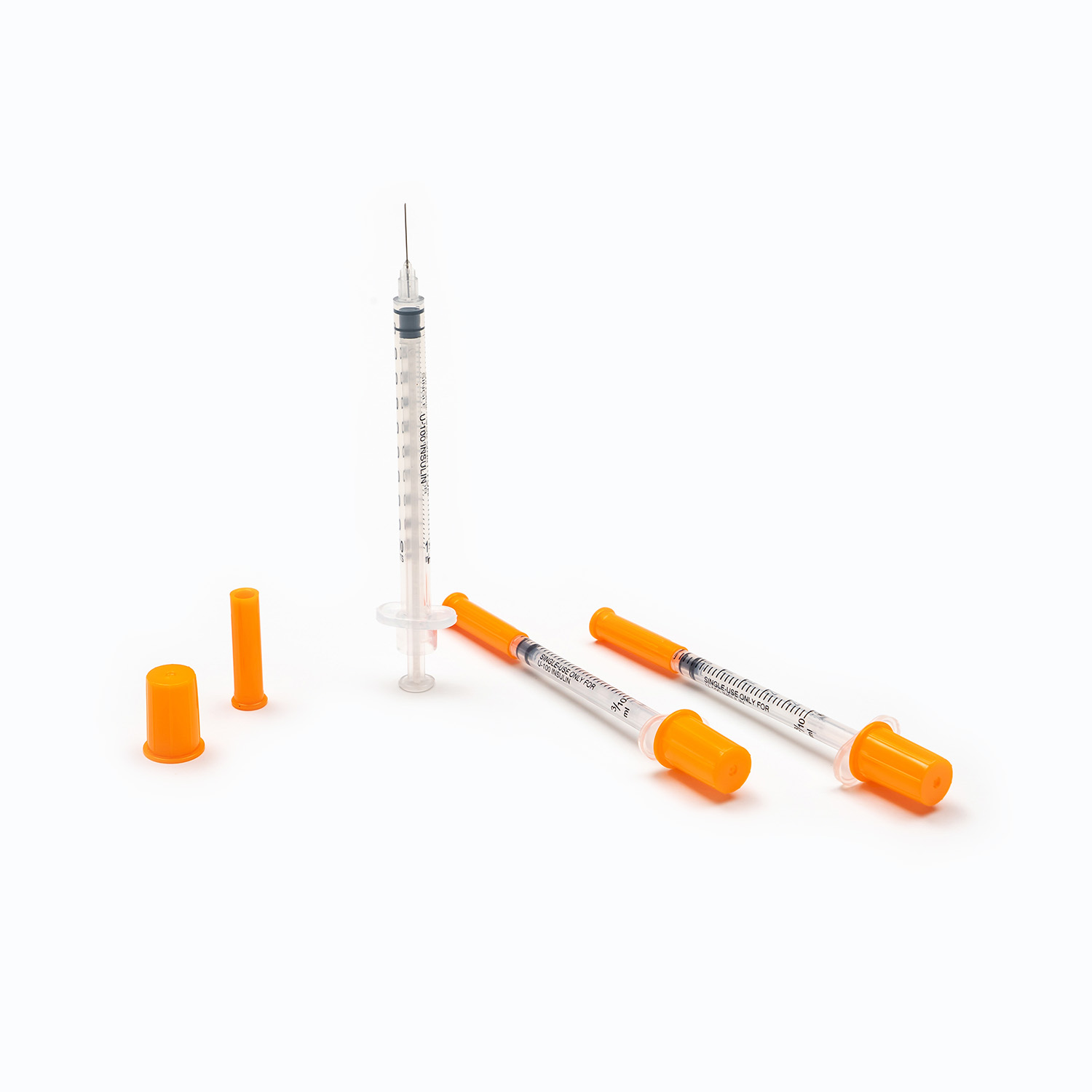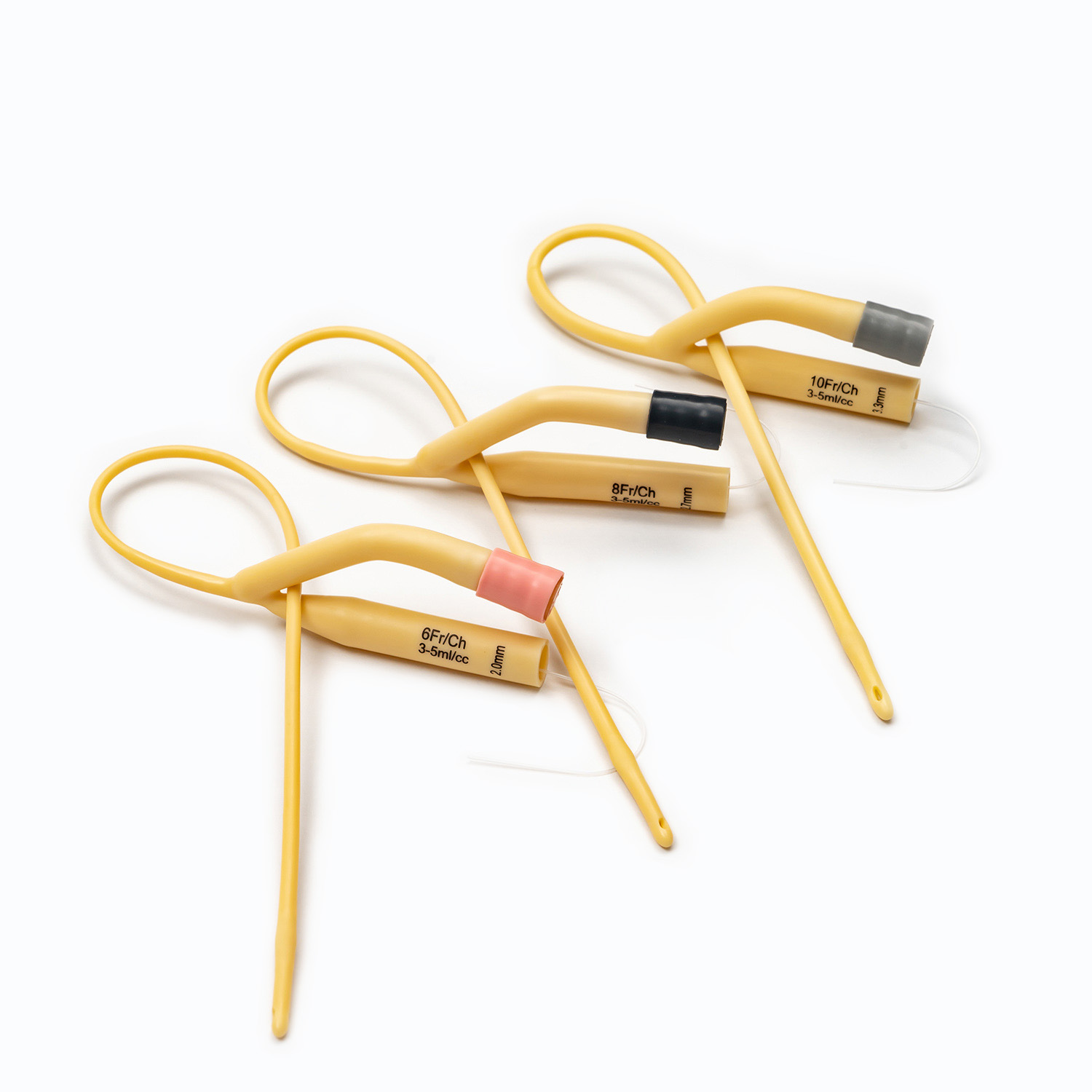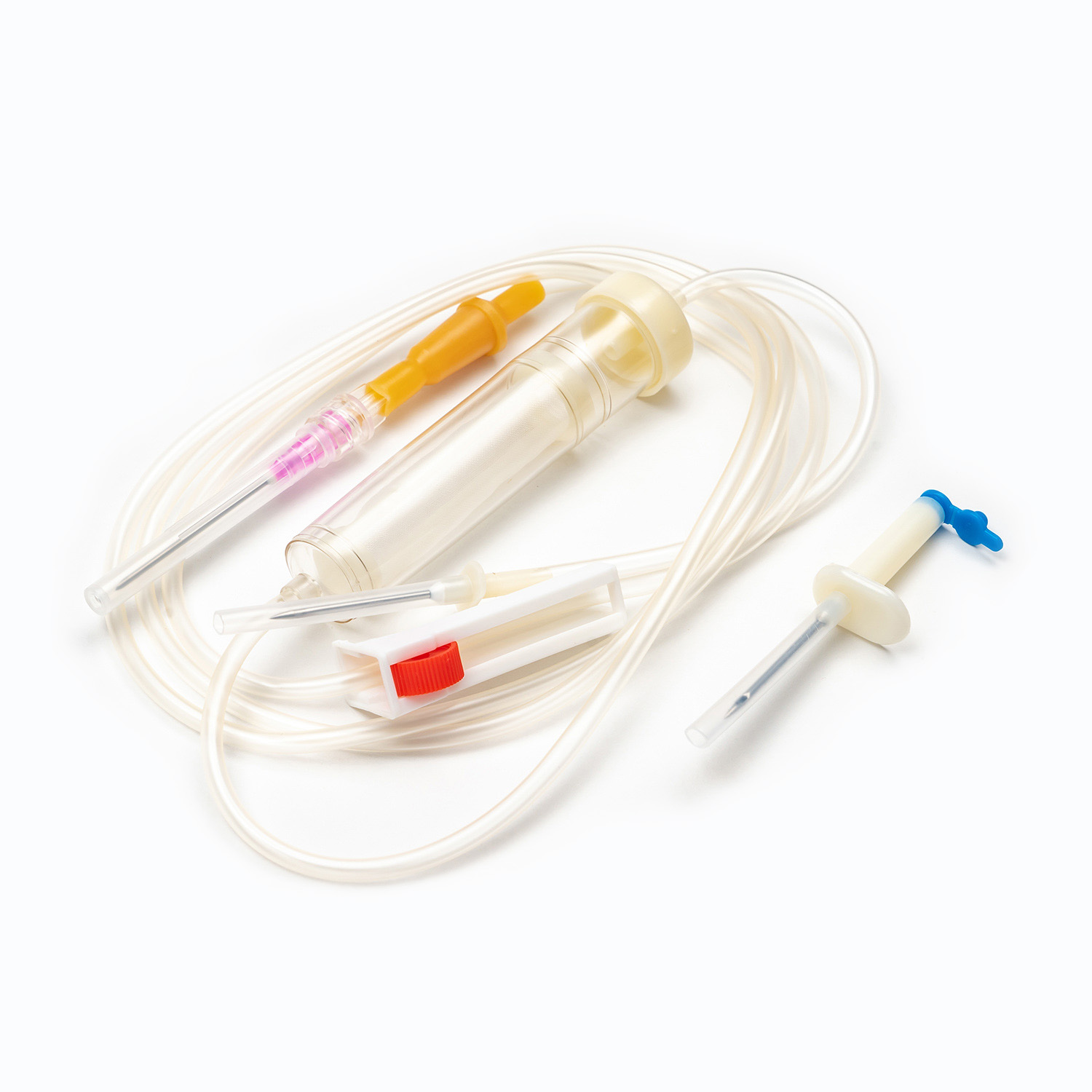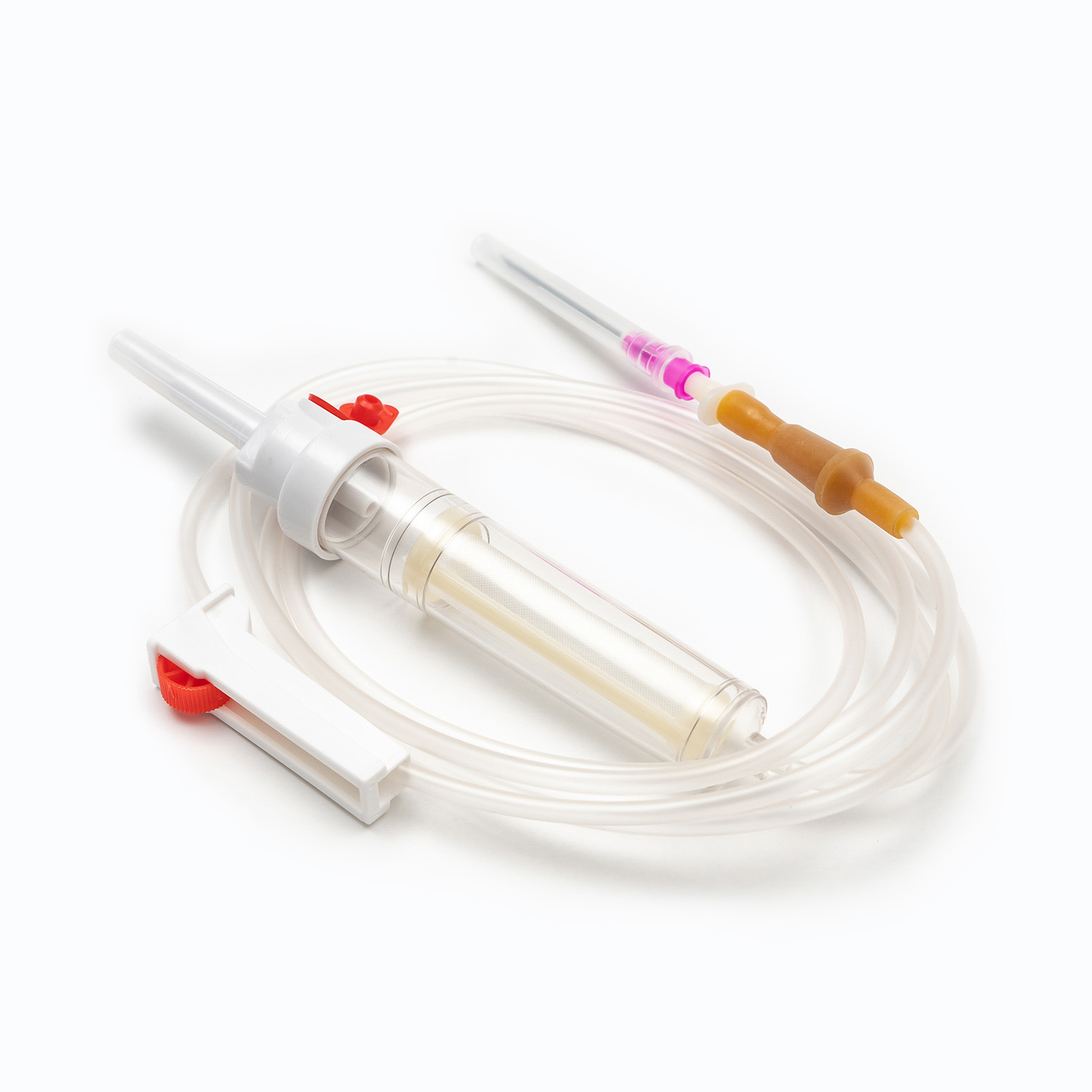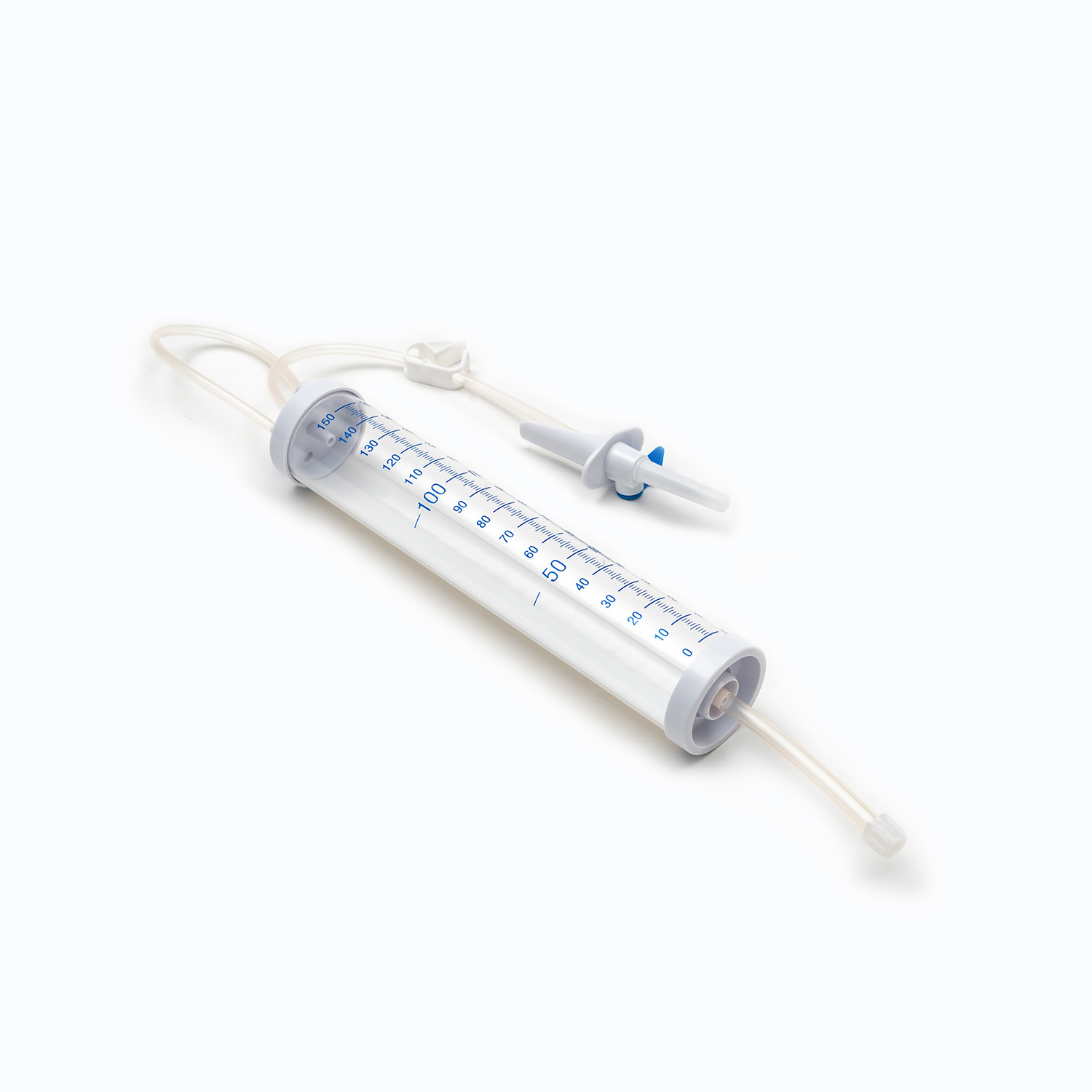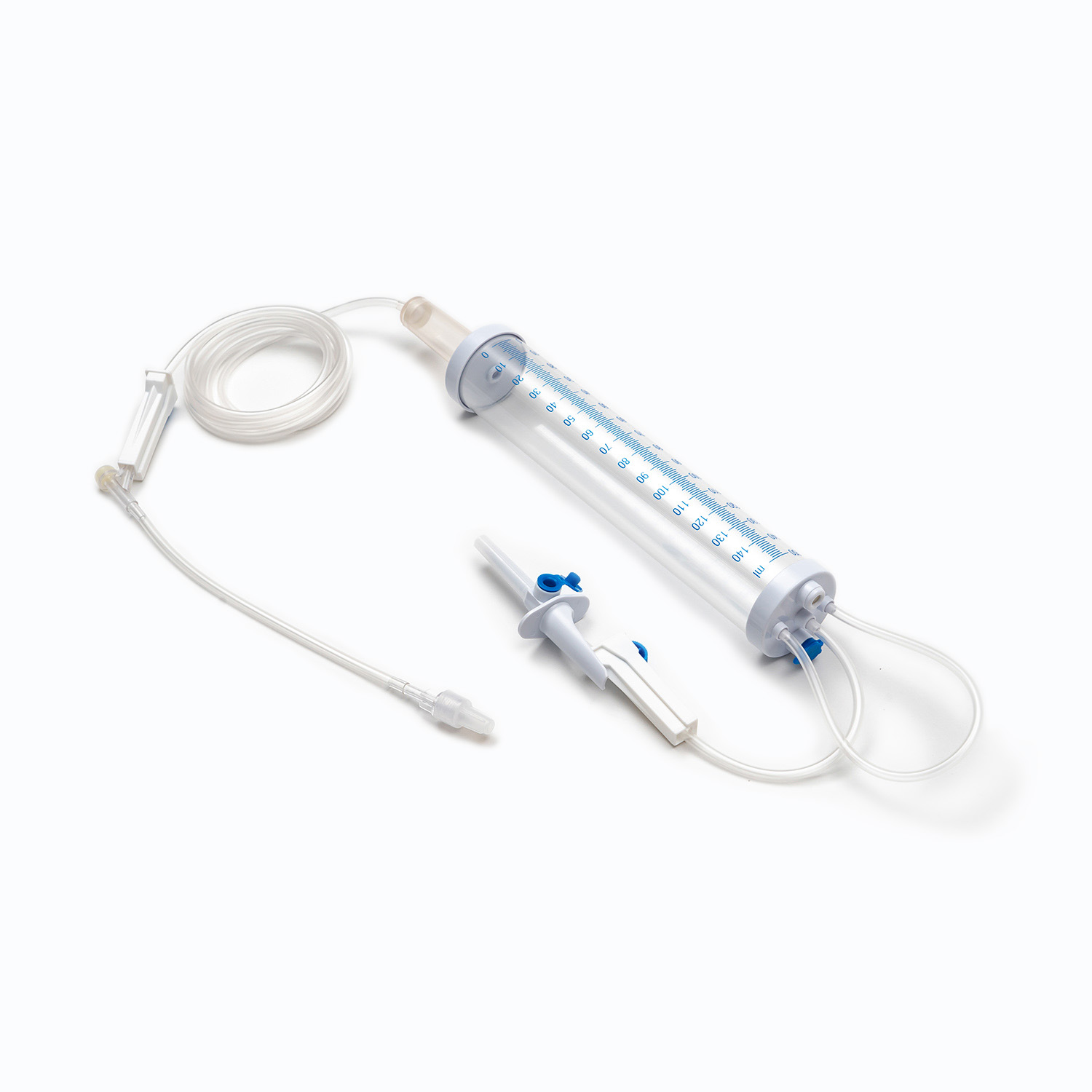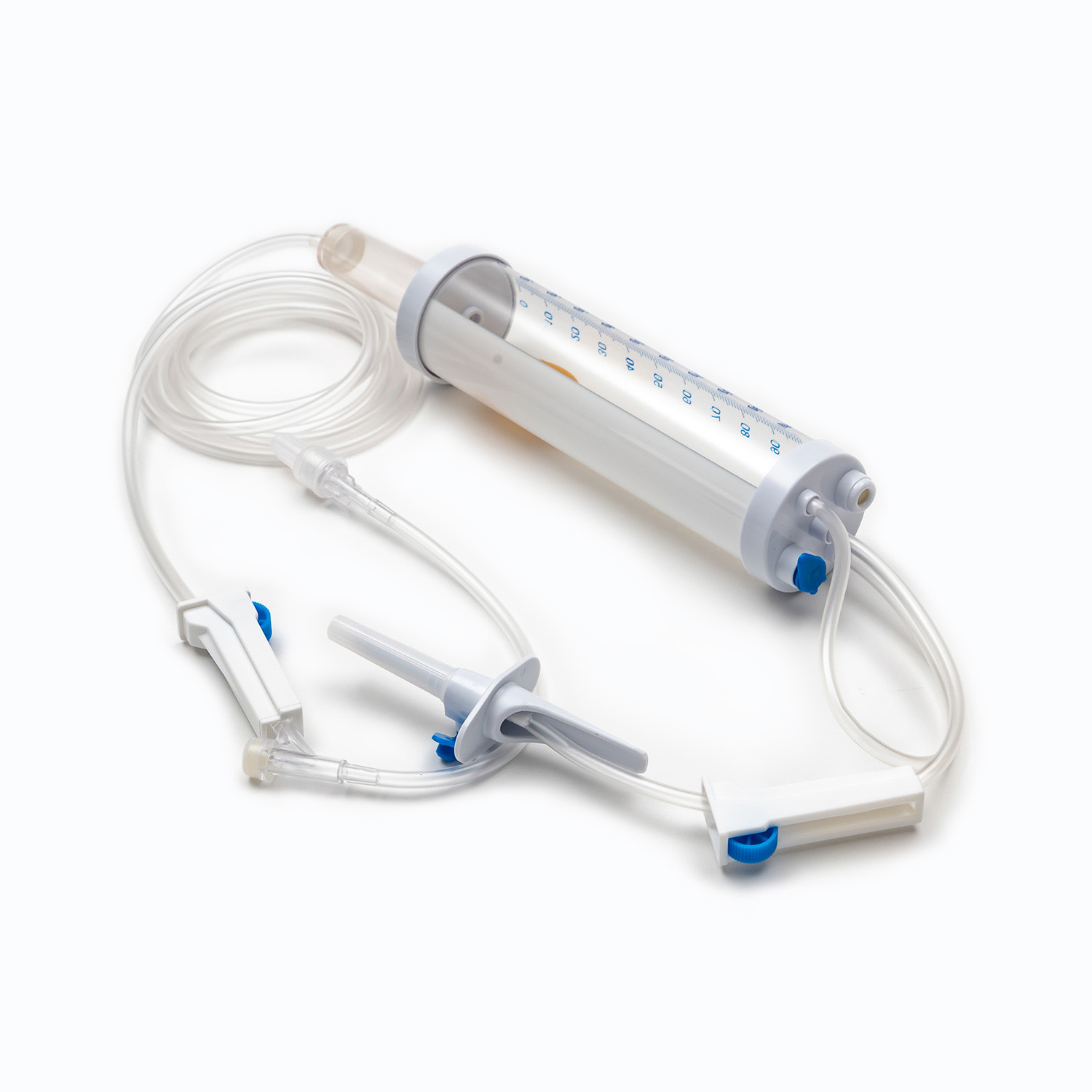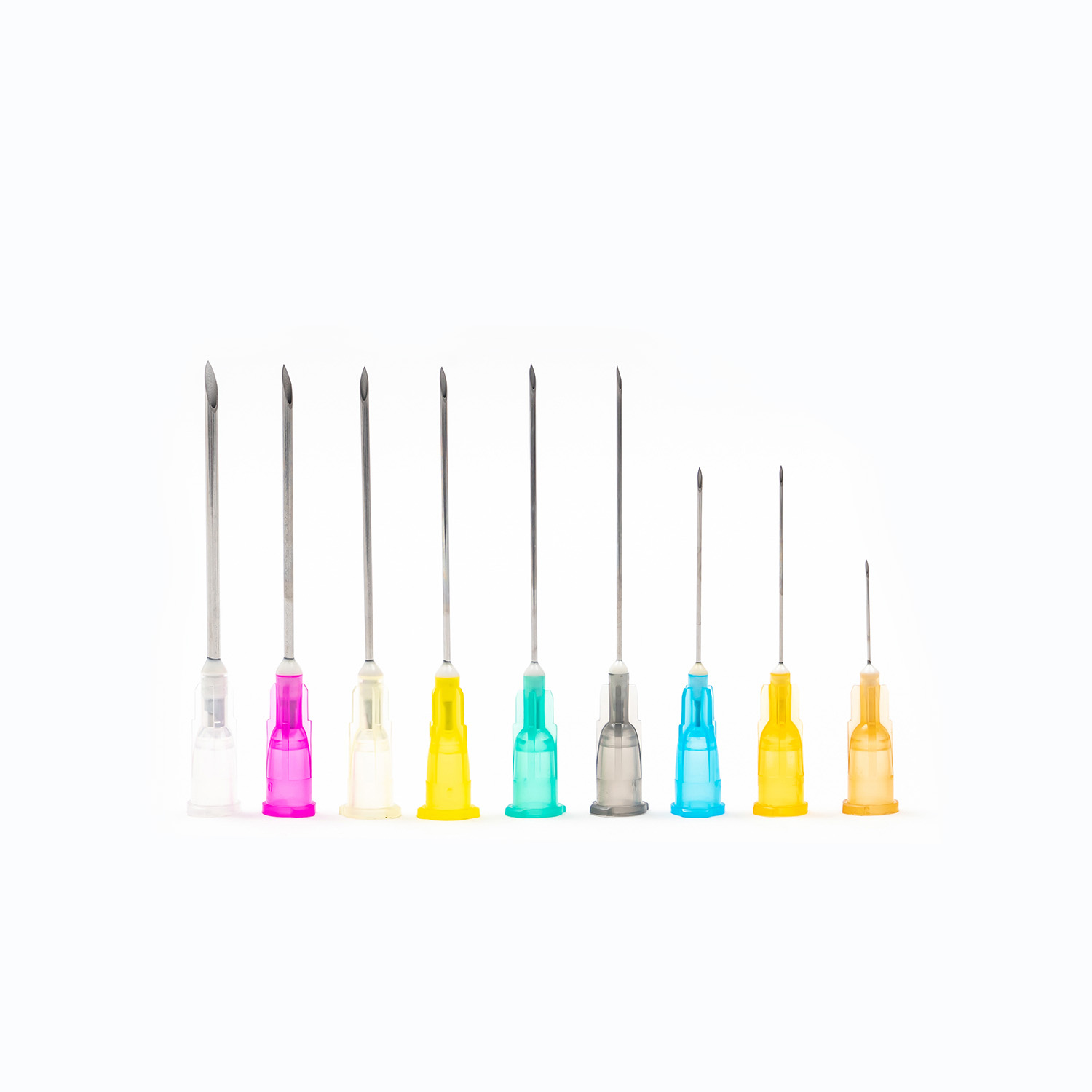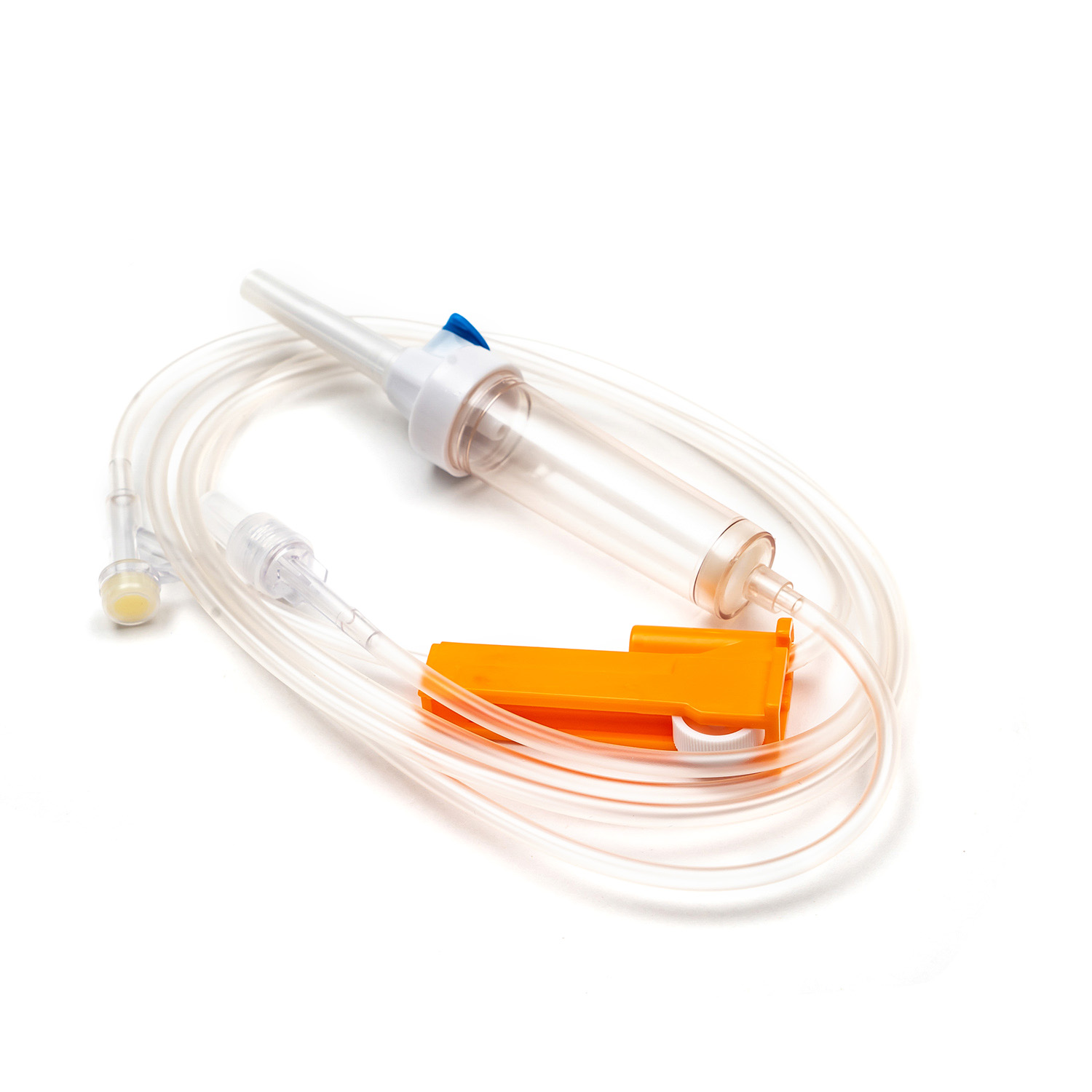Blood Transfusion Set: Precision "Blood Vessel" Guarding Lifeline
May 01,2025
Under the red alarm light in the emergency room and in the shadowless lamp in the operating room, bags of blood carrying the hope of life are flowing accurately into the patient's body through a transparent blood transfusion line. This seemingly simple "blood vessel" - Blood Transfusion Set, is actually the key hub connecting life and death in modern medicine. It is not only a bridge from the storage container to the human vein, but also a precision medical device that integrates material science, fluid mechanics and infection control.
Traditional gravity blood transfusion devices adjust the flow rate through a drip bucket and rely on manual observation by medical staff. There are problems such as unstable flow rate and bubble risk. The birth of the modern pump blood transfusion set (Disposable Pump Blood Transfusion Set) has completely revolutionized this process. Its core component - a micro peristaltic pump, can control the flow rate with an accuracy of 1-999 ml per minute, and the error range is reduced to ±5%. With the pressure sensor and bubble detector, the pressure change of the pipeline can be monitored in real time. When the pressure is abnormal or microbubbles with a diameter of more than 0.1 mm are detected, the system will trigger a three-level alarm within 0.3 seconds and automatically block the blood flow.
The material selection of blood transfusion lines is a life-level challenge. Polyvinyl chloride (PVC) was once widely used due to its low cost, but its plasticizer DEHP may penetrate into the blood and cause liver and kidney toxicity. Modern blood transfusion devices have switched to medical-grade polyurethane (TPU) or ethylene-vinyl acetate copolymer (EVA). These materials not only have better flexibility, but also control the content of dissolved matter below 0.01μg/mL through molecular modification technology - equivalent to diluting a drop of ink in the entire West Lake.
In the blood filtration process, the application of porous polyethersulfone (PES) membrane is a revolutionary breakthrough. Its 0.22-micron pore size can not only intercept particles such as white blood cells and platelet fragments, but also maintain a red blood cell pass rate of more than 99.9%. A comparative experiment at a blood center showed that the free hemoglobin content of suspended red blood cells filtered by PES membranes was only 1/3 of that of traditional filters after being stored at 4°C for 35 days, significantly extending the shelf life of blood products.
In neonatal transfusion therapy, the accuracy of the transfusion device directly determines life and death. The diameter of premature infants' blood vessels is only 1-2 mm, and traditional transfusion devices are prone to vascular damage. The micro-flow transfusion device designed specifically for pediatrics reduces the inner diameter of the pipeline to 0.8 mm, and with the ultra-low flow rate adjustment of 0.01 ml/min, the impact of the transfusion process on the child's circulatory system is reduced by 80%.
In battlefield emergency scenarios, self-destructive disposable transfusion devices show unique value. Its built-in mechanical locking device automatically blocks the pipeline after a single use, and records the usage information with the RFID chip, eliminating the risk of cross-infection from the source. A military medical study showed that in a simulated battlefield environment, the device reduced the transfusion-related infection rate from 2.7% of conventional equipment to 0.1%.
From battlefield first aid to ICU wards, from neonatal monitoring to organ transplantation, the Blood Transfusion Set has always guarded the last line of defense of human life with millimeter-level precision. Its development history is essentially a history of the co-evolution of materials science, micro-nano technology and clinical medicine. When one day in the future, the blood transfusion set can not only transport blood, but also repair damaged red blood cells and remove metabolic waste in real time, mankind may truly usher in a new era of medical care without blood shortage. At this moment, what flows in each transparent tube is not only life-saving blood, but also a symphonic poem of human wisdom and dignity of life.



 English
English Français
Français русский
русский Español
Español
